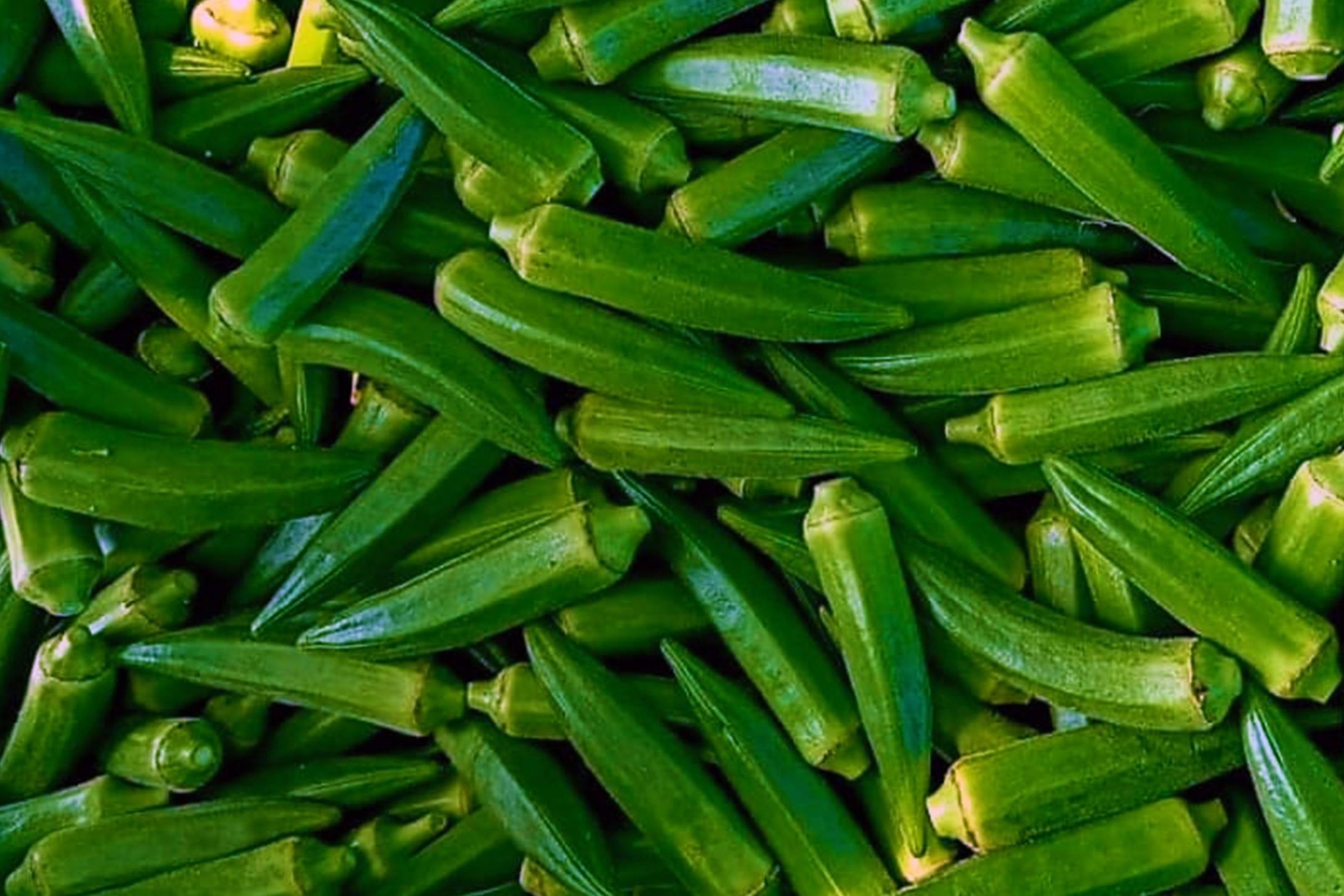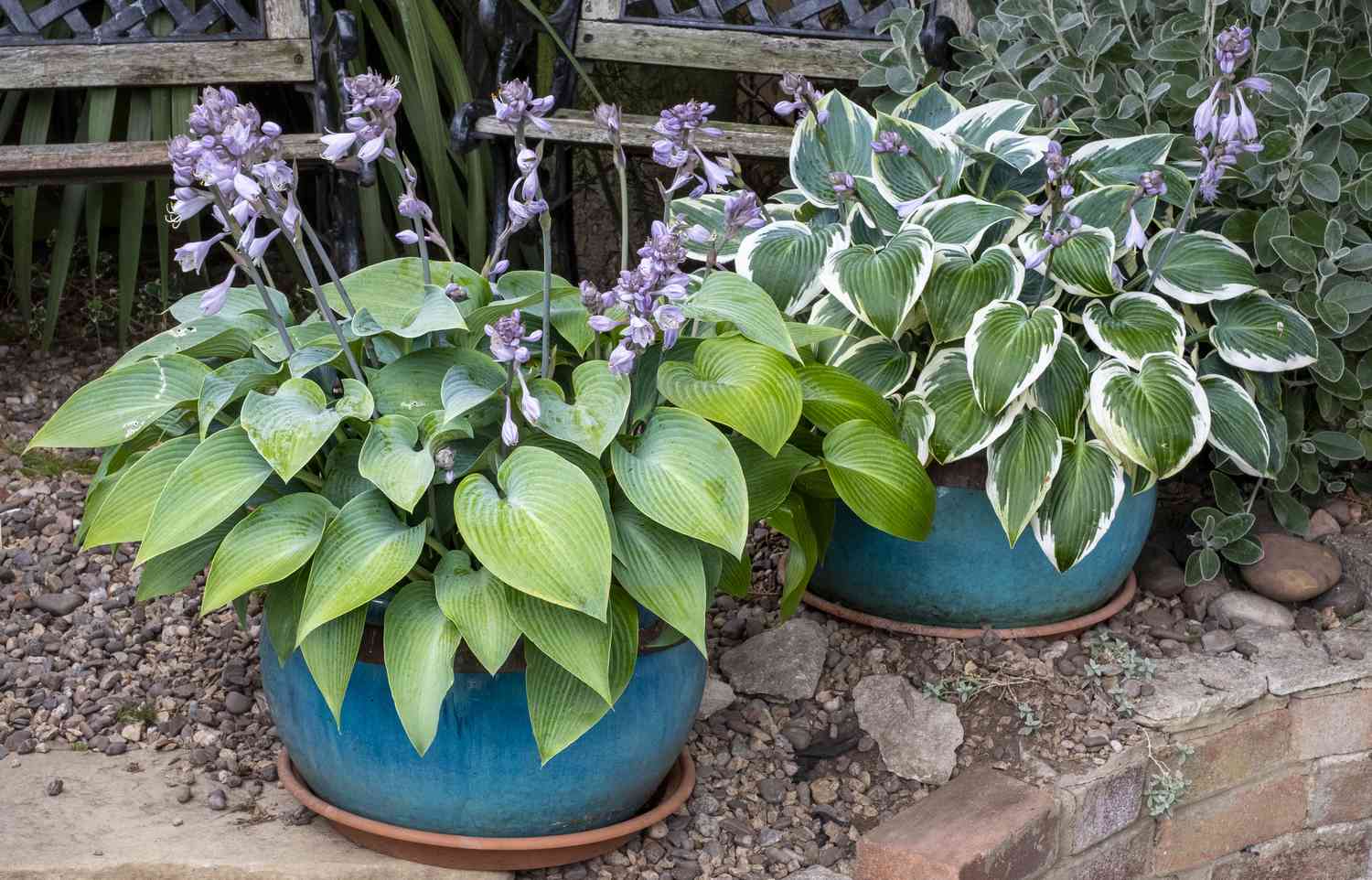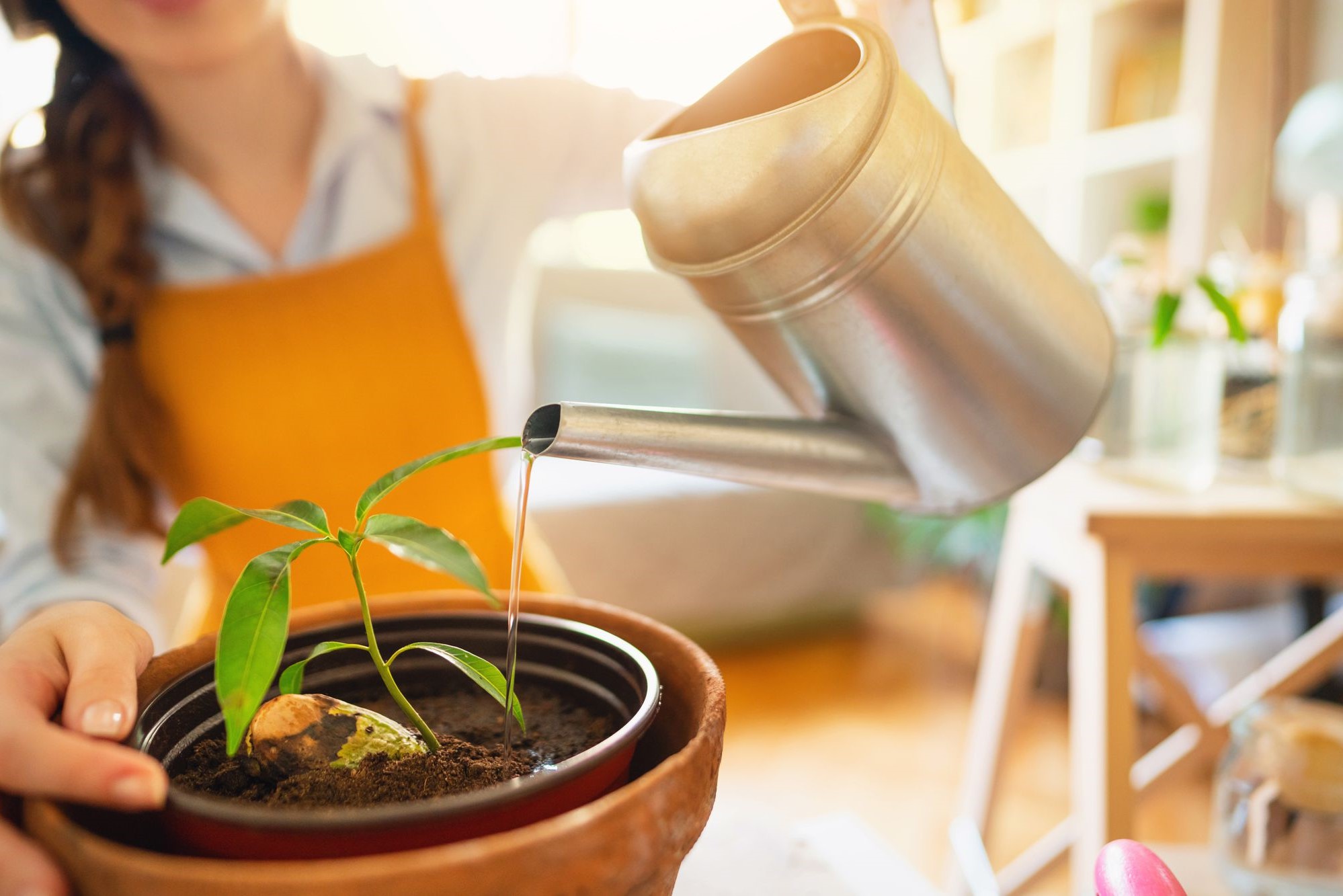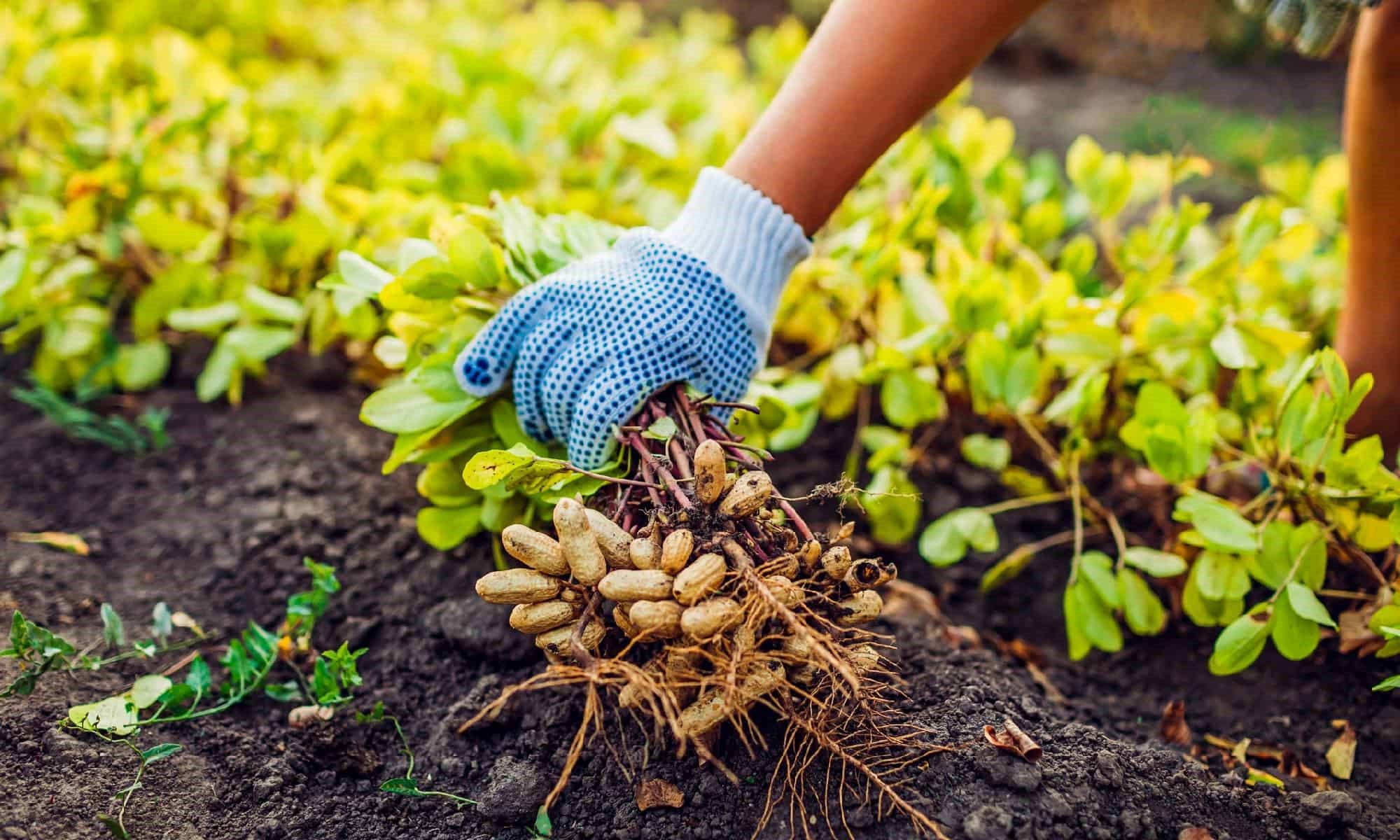Home>Home and Garden>Tips For Successfully Growing Okra In Containers
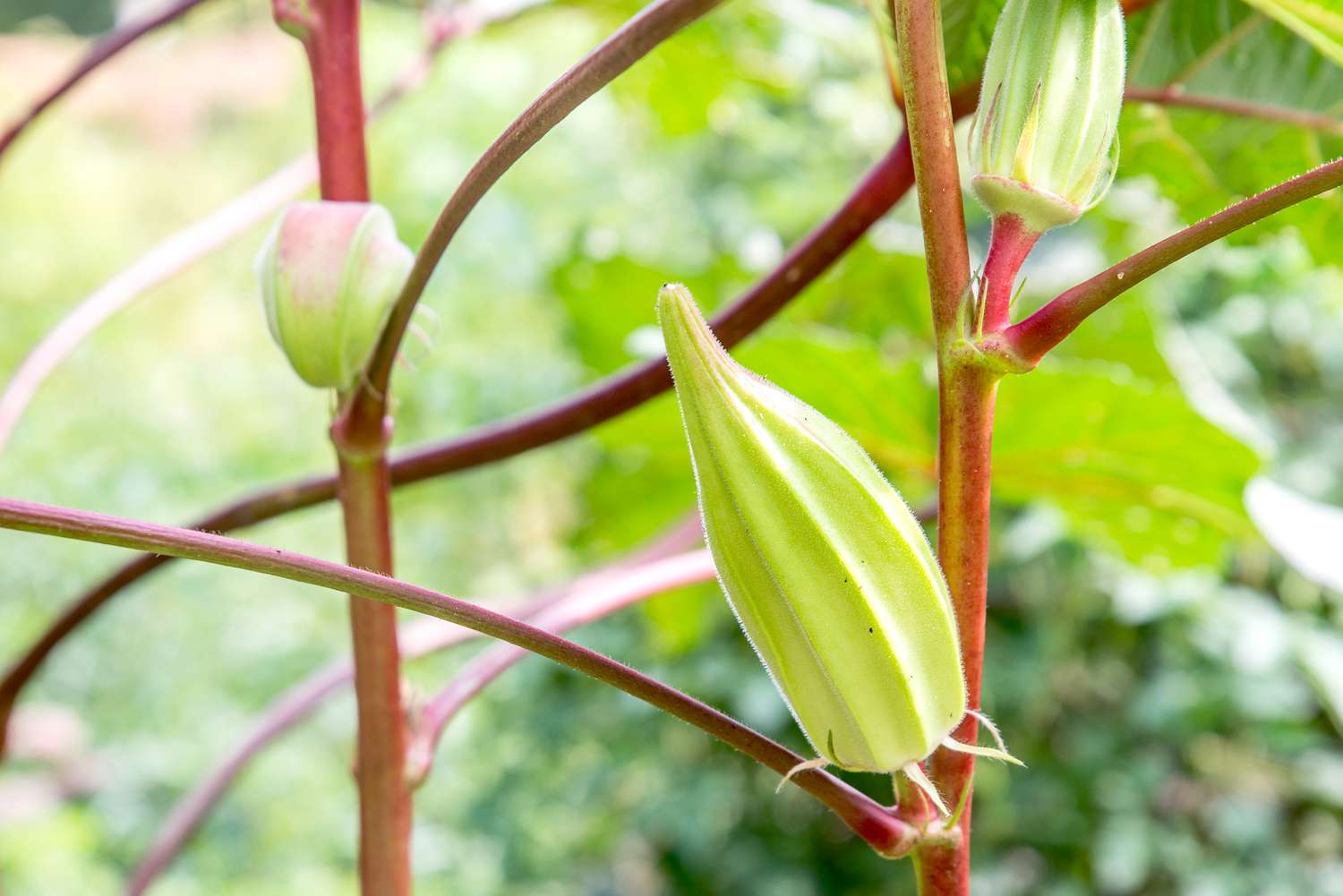

Home and Garden
Tips For Successfully Growing Okra In Containers
Published: February 19, 2024
Discover expert tips for growing okra in containers at home. Learn how to cultivate a thriving okra garden in your own space with our helpful advice. Ideal for home and garden enthusiasts.
(Many of the links in this article redirect to a specific reviewed product. Your purchase of these products through affiliate links helps to generate commission for Noodls.com, at no extra cost. Learn more)
Table of Contents
Choosing the Right Container
When it comes to successfully growing okra in containers, selecting the right container is a crucial first step. Okra plants have deep roots, so it's essential to choose a container that provides ample space for root development. A container with a minimum depth of 12 inches is recommended to accommodate the extensive root system of okra plants. Additionally, the container should have a diameter of at least 18 inches to allow the plant to spread out and thrive.
Opting for a container with good drainage is equally important. Excess water can lead to root rot, which can be detrimental to the health of the okra plant. Therefore, ensure that the container has drainage holes at the bottom to allow proper water drainage and prevent waterlogging.
Furthermore, consider the material of the container. While plastic and resin containers are lightweight and easy to move, they can retain more heat, potentially impacting the temperature of the soil. On the other hand, terracotta or clay pots are breathable and provide better insulation for the roots, but they may require more frequent watering due to their porous nature.
It's also beneficial to choose a container that complements the aesthetic of your outdoor space or balcony. This not only adds visual appeal but also allows you to integrate the okra plants seamlessly into your existing garden or patio decor.
By carefully selecting a container that meets the space, drainage, material, and aesthetic requirements, you can create an ideal environment for growing healthy and thriving okra plants in containers.
Selecting the Best Soil
The success of growing okra in containers greatly depends on the quality of the soil. When it comes to selecting the best soil for container gardening, it's essential to prioritize a well-balanced and nutrient-rich medium that promotes healthy root development and overall plant growth.
First and foremost, opt for a high-quality potting mix specifically formulated for container gardening. These mixes are designed to provide adequate aeration, moisture retention, and essential nutrients, creating an optimal environment for plant growth. Look for a potting mix that is lightweight and well-draining, as excessive moisture retention can lead to root rot and other detrimental conditions.
In addition to a quality potting mix, consider incorporating organic matter into the soil to further enhance its fertility and structure. Compost, well-rotted manure, or organic fertilizers can be mixed into the potting mix to enrich the soil with essential nutrients and beneficial microorganisms. This organic matter not only provides a nutrient boost but also improves the soil's water retention capacity and overall texture.
Furthermore, it's important to ensure that the soil pH is within the optimal range for okra cultivation, which is typically between 6.0 and 7.0. Testing the soil pH and making necessary adjustments using organic amendments or pH-adjusting products can create an ideal growing environment for okra plants, allowing them to efficiently absorb nutrients from the soil.
When filling the container with soil, leave an adequate space at the top to accommodate watering and prevent soil runoff. This also allows room for mulching, which can help conserve moisture, regulate soil temperature, and suppress weed growth.
By selecting a high-quality potting mix, incorporating organic matter, maintaining the appropriate soil pH, and leaving room for mulching, you can create an optimal soil environment for successfully growing vibrant and productive okra plants in containers.
Providing Adequate Sunlight
Adequate sunlight is essential for the successful growth of okra plants in containers. As a warm-season crop, okra thrives in full sunlight, requiring a minimum of 6 to 8 hours of direct sunlight daily to reach its full potential. When selecting a location for your container-grown okra, prioritize a spot that receives ample sunlight throughout the day, preferably facing south or west to maximize sun exposure.
Placing the containers in a sunny location not only ensures optimal growth and fruit production but also promotes overall plant vigor and resilience. Adequate sunlight is crucial for photosynthesis, the process through which plants convert light energy into chemical energy, fueling their growth and development. In the case of okra, sufficient sunlight contributes to robust leaf and stem growth, which is essential for supporting the plant's fruiting capacity.
In addition to promoting healthy plant growth, adequate sunlight plays a significant role in enhancing the flavor and nutritional quality of okra pods. Sunlight stimulates the production of essential nutrients and antioxidants in the plant, contributing to the overall nutritional value of the harvested okra. Furthermore, exposure to sunlight influences the development of vibrant green okra pods, ensuring a visually appealing harvest.
It's important to monitor the sunlight exposure in your chosen location throughout the day, especially during the peak growing season. Factors such as nearby buildings, trees, or other structures can cast shadows and affect the amount of sunlight reaching the plants. By regularly assessing the sunlight patterns, you can make necessary adjustments to ensure consistent and sufficient sun exposure for your container-grown okra.
In situations where natural sunlight may be limited, supplemental lighting options, such as grow lights, can be considered to augment the sunlight received by the okra plants. These artificial lighting solutions can help compensate for inadequate natural sunlight, particularly in indoor or shaded outdoor environments, ensuring that the plants receive the light energy necessary for robust growth and fruit production.
By prioritizing adequate sunlight and, when necessary, supplementing with artificial lighting, you can create an optimal growing environment for container-grown okra, maximizing the plant's potential for healthy, flavorful, and abundant harvests.
Watering and Fertilizing
Proper watering and fertilizing practices are essential for nurturing healthy and productive okra plants in containers. These two elements play a pivotal role in providing the necessary nutrients and moisture for robust growth, flowering, and fruit development.
Watering
Maintaining adequate soil moisture is crucial for the well-being of container-grown okra plants. While okra is relatively drought-tolerant, consistent and appropriate watering is essential, especially during the critical stages of flowering and fruit formation. When it comes to watering, it's important to strike a balance, as both overwatering and underwatering can have adverse effects on the plants.
To determine the optimal watering frequency, regularly assess the moisture levels in the soil. A simple method involves inserting a finger into the soil to gauge its moisture content. If the top inch of the soil feels dry to the touch, it's an indication that the plants require watering. However, if the soil feels excessively wet or waterlogged, it's crucial to adjust the watering frequency to prevent root rot and other moisture-related issues.
When watering the okra plants, aim to provide a thorough and deep watering session, allowing the water to penetrate the root zone effectively. This encourages the development of a robust root system, enabling the plants to access moisture and nutrients more efficiently. Additionally, watering in the morning is generally recommended, as it allows excess moisture to evaporate during the day, reducing the risk of fungal diseases and promoting overall plant health.
Read more: How To Successfully Grow Onions
Fertilizing
In addition to proper watering, fertilizing the container-grown okra plants is essential for ensuring they receive the necessary nutrients for vigorous growth and abundant fruit production. Utilizing a balanced and slow-release fertilizer specifically formulated for vegetables or flowering plants can provide the essential macro and micronutrients required for optimal okra growth.
When applying fertilizer, it's important to follow the manufacturer's recommendations regarding the application rate and frequency. Over-fertilizing can lead to excessive vegetative growth at the expense of fruit production, while under-fertilizing may result in nutrient deficiencies and reduced plant vigor. A general guideline is to apply a balanced fertilizer, such as a 10-10-10 or 20-20-20 formulation, every 4-6 weeks during the growing season.
Furthermore, incorporating organic fertilizers, such as compost or well-decomposed manure, into the soil can contribute to the long-term fertility and structure of the growing medium. These organic amendments not only provide a slow-release source of nutrients but also enhance the soil's microbial activity, promoting a healthy and balanced soil ecosystem.
By implementing proper watering practices and providing appropriate fertilization, you can create an optimal growing environment for container-grown okra, ensuring robust growth, prolific flowering, and a bountiful harvest of flavorful and nutritious okra pods.
Managing Pests and Diseases
Successfully growing okra in containers involves proactive management of potential pests and diseases that can affect the health and productivity of the plants. By implementing preventive measures and early intervention strategies, you can safeguard your container-grown okra from common issues and ensure a thriving harvest.
Pest Management
-
Aphids and Whiteflies: These sap-sucking insects can infest okra plants, causing stunted growth and leaf distortion. To deter aphids and whiteflies, regularly inspect the plants for signs of infestation, such as sticky honeydew residue or distorted leaves. Introduce natural predators, such as ladybugs or lacewings, to control aphid populations. Additionally, a gentle spray of water can help dislodge and deter these pests.
-
Caterpillars and Beetles: Caterpillars, including the infamous corn earworm, and various beetles can feed on okra foliage and pods, leading to significant damage. Handpick caterpillars and beetles when feasible, and consider using organic insecticidal soaps or neem oil to manage infestations while minimizing harm to beneficial insects.
-
Slugs and Snails: These nocturnal pests can target young okra seedlings and tender foliage. To protect the plants, create physical barriers using copper tape or diatomaceous earth around the containers. Additionally, encourage natural predators, such as ground beetles and predatory snails, to help control slug and snail populations.
Disease Management
-
Fungal Diseases: Okra plants are susceptible to fungal diseases, including powdery mildew and damping-off. To prevent fungal issues, ensure proper air circulation around the plants by spacing the containers appropriately. Avoid overhead watering to minimize moisture on the foliage, and consider applying preventive fungicidal sprays, such as sulfur-based products, especially during humid conditions.
-
Bacterial Wilt and Leaf Spots: Bacterial diseases, such as wilt and leaf spots, can affect okra plants, causing wilting, yellowing, and necrotic lesions on the leaves. Implement crop rotation practices if growing okra in the same containers in subsequent seasons. Additionally, promptly remove and dispose of any infected plant material to prevent the spread of bacterial pathogens.
-
Viral Diseases: Viral infections, such as mosaic viruses, can impact okra plants, leading to mottled or distorted foliage and reduced fruit quality. Minimize the risk of viral diseases by controlling insect vectors, such as aphids and leafhoppers, through proactive pest management strategies. Additionally, consider using virus-resistant okra varieties when available.
By vigilantly monitoring for signs of pest infestations and disease development, promptly addressing issues as they arise, and implementing preventive measures, you can effectively manage pests and diseases in your container-grown okra garden, fostering healthy plants and ensuring a plentiful harvest of delicious and vibrant okra pods.
Harvesting and Enjoying Your Okra
Harvesting okra from your container garden is a rewarding culmination of your efforts, offering an abundance of fresh, flavorful pods to enjoy in various culinary creations. Knowing the optimal time to harvest, handling the pods with care, and exploring diverse cooking methods can elevate your okra experience to new heights.
Determining the Right Time to Harvest
Okra pods are best harvested when they are young and tender, typically reaching a length of 3 to 4 inches. Waiting too long to harvest can result in tough and fibrous pods, diminishing the overall eating quality. To identify pods ready for harvest, inspect the plants every two to three days, looking for firm, vibrant green pods that snap easily when bent. Avoid harvesting pods that have become overly mature and tough, as they may detract from the culinary enjoyment of the okra.
Harvesting Techniques
When harvesting okra, it's essential to handle the pods with care to prevent damage to the plants and ensure the continued production of new pods. Using a pair of sharp garden shears or a small knife, carefully cut the okra pods from the plant, making clean cuts to avoid unnecessary stress on the stems. Alternatively, gently twist the pods to detach them from the plant, taking care not to disturb the surrounding foliage. It's advisable to wear gardening gloves to protect your hands from potential irritation caused by the okra's fine hairs.
Enjoying the Culinary Versatility of Okra
Once harvested, the culinary possibilities with okra are vast and diverse. From classic Southern dishes like gumbo and fried okra to international delicacies such as Indian bhindi masala and Middle Eastern bamya, okra's culinary versatility knows no bounds. Embrace the unique texture and flavor of okra by incorporating it into stews, curries, stir-fries, and even pickled preparations. The pods can be enjoyed whole, sliced, or stuffed, offering a delightful addition to a wide array of recipes.
Read more: Introduction To Containers
Exploring Preservation Methods
If your okra harvest yields more than you can consume immediately, consider exploring preservation methods to extend the enjoyment of your homegrown produce. Freezing okra, whether whole or sliced, is a convenient way to preserve its freshness for future use in soups, stews, and casseroles. Additionally, pickling okra in a flavorful brine can yield tangy and crunchy pickled okra, perfect for snacking or as a zesty accompaniment to meals.
Savoring the Fruits of Your Labor
As you savor the fruits of your labor, relish in the satisfaction of nurturing and harvesting your own okra. Whether you're delighting in the simple pleasure of freshly sautéed okra or experimenting with elaborate culinary creations, the journey from container gardening to harvest to table is a testament to your dedication and passion for homegrown produce. Embrace the joy of sharing your bountiful okra harvest with family and friends, spreading the delight of homegrown goodness and the culinary marvels of this versatile and beloved vegetable.
